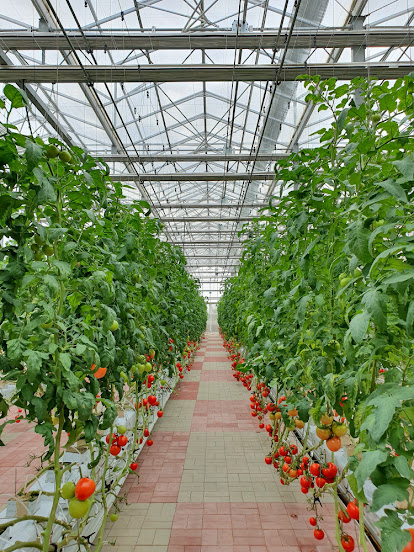Nature inspires innovation, even in LED grow lights. Enter biomimicry: studying plant-light interactions to create LED systems mimicking sunlight. This merges tech and nature to revolutionize plant growth in controlled environments.
Biomimicry: Nature as a Blueprint for Innovation
Biomimicry involves learning from nature's designs and solutions. Evolution has optimized organisms for their environments. In LED grow lights, we study how plants use light for growth and health, applying this wisdom to create more effective LED systems for plant support.
Unlocking the Sun's Secrets: Mimicking Natural Light
Plant reactions are influenced by the sun's constantly shifting hues and intensities. Plants have adapted to exploit particular light wavelengths for various purposes. LED grow lights that mimic this dynamic spectrum promote photosynthesis, advance development phases, and direct flowering. We construct a habitat resembling the natural habitats of plants by changing LED light to replicate nature.
The Power of Dynamic Light Spectra
The capacity to produce dynamic light spectra is one of the most intriguing features of biomimicry in LED grow lights. diverse light wavelengths cause diverse reactions in plants. For instance, red light promotes flowering whereas blue light stimulates vegetative development. Growers can maximize plant development based on their particular objectives by altering the proportion of various wavelengths.
Biomimicry in Action: Enhanced Efficiency and Results
Visualize LED grow lights in a greenhouse mimicking a sunny day's changing light. Plants under this system thrive, gaining vitality, nutrients, and resilience. Biomimicry in LED tech could transform cultivation, healthier crops, lower energy use, and innovative techniques.
Sustainable Cultivation through Harmony with Nature
The goal of biomimicry is to improve technology while also developing a positive relationship with nature. We can bridge the gap between indoor horticulture and the natural environment by modeling nature's design. As a result, we may become less reliant on conventional techniques, develop more sustainable farming practices, and maybe solve issues like food security and climate change.
In Conclusion: A Bright Future
Biomimicry lights an innovative path in LED grow lights, aligning technology with nature's rhythms. This synergy holds potential to revolutionize cultivation, accelerated growth, better yield, and environmental harmony. Converging tech and biology, we venture toward reshaping plant cultivation and fulfilling eco-conscious demands for fresh produce.

Comments
Post a Comment